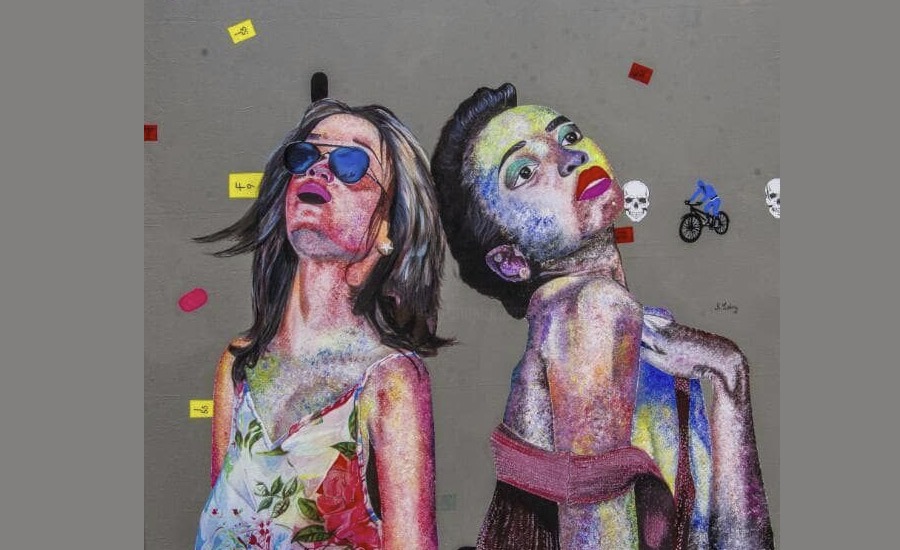
While Europe continues to cleanse its conscience with symbolic gestures of cultural restitution, the art galleries of the old continent have found a new form of domination: the control and exploitation of contemporary African art. Unlike classical colonial plunder, which targeted historical objects and relics, this new phase targets the creators themselves. Under the guise of internationalisation, many young African artists find their careers conditioned by unequal contracts, late payments and creative pressures that force them to produce what is expected of them: "exotic" art that responds to Western clichés. All this without ever having set foot in Europe, as their movements are restricted by bureaucratic or economic excuses, which in essence only seek to keep them out of the real benefits and networks of the market.
This veiled power structure is based on abusive practices that are systematically repeated: commissions of up to 60 %, unexplained losses of works, the imposition of stereotyped themes, and the tacit rejection of styles that do not fit the commercial image of "Africanness". The testimonies collected by Alfonso Masoliver, published by the website Mundo Negro, reveal a system that rewards aesthetic obedience and punishes any evolution that does not serve European expectations. In this logic, the African artist ceases to be a free author and becomes a supplier of identity products adapted to the tastes of the white buyer. Far from inclusion and recognition, what emerges is a new chapter of cultural colonialism, more polished and sophisticated, but just as unbalanced in terms of power, freedom and justice.
Source: mundonegro.es
